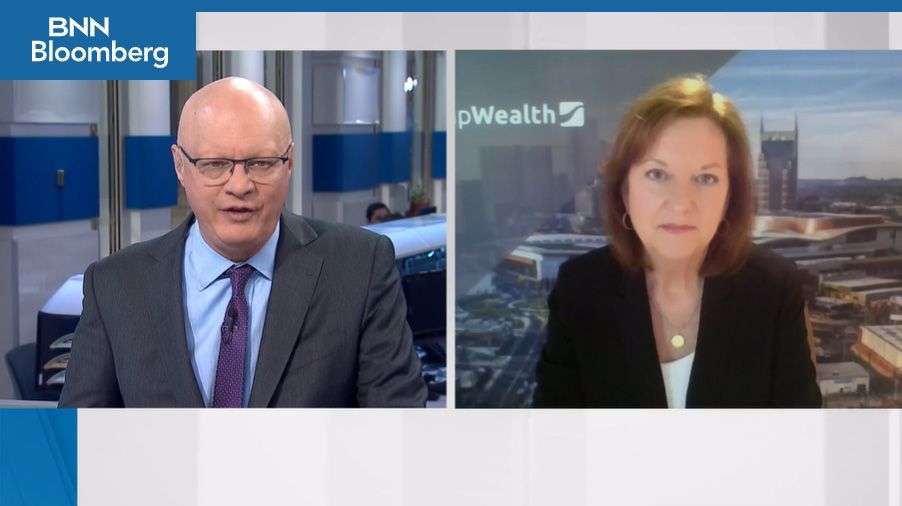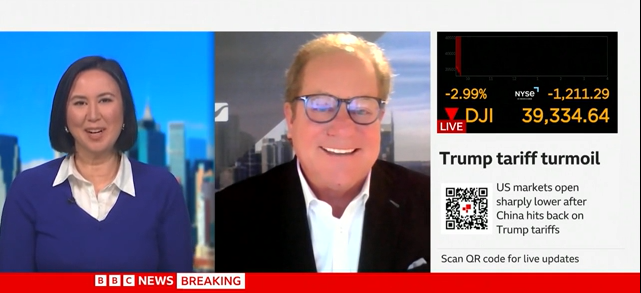Despite Disappointing Q1, Signs Looking up For Economy
April 10, 2015
The first quarter is in the books, and it was a disappointing one for the stock market — and perhaps your portfolio, too. Weak beginning-of-the-year growth has been a recurring theme in recent years, with the first quarter averaging a paltry 0.6 percent in growth from 2010 to 2014 compared with 2.9 percent in the other three quarters of those years. Let’s review 2015’s slow start, then I’ll offer signs for a rebound, if not in the second quarter, then the second half of the year.
Equities: U.S. large-cap equities — stocks of companies whose total market value of shares outstanding is more than $10 million, so the “big kahunas” of the market — fell modestly over the quarter. Add to that mixed economic data from the labor markets and consumer behavior, anticipation of an interest rate hike by the Federal Reserve and the effects of a strong U.S. dollar through the global economic landscape, and the U.S. stock market was held to a relatively tight trading range. The S&P 500 fell 1.7 percent in March after hitting an all-time high earlier in the month. The Russell 2,000, an index of small-capitalization company shares (not as well-known or celebrated as those “big kahunas,” but just as critical to our economy and a balanced portfolio), rose 1.7 percent in March and at the end of the quarter was up a strong 4.3 percent.
Fixed income: U.S. government bonds were little changed in March, with the benchmark 10-year yield ending the month at 1.93 percent vs. 2 percent at the end of February. However, it is worth noting that treasury yields have now fallen for five consecutive quarters — the longest stretch since March 2001. Dovish global central bank activity — including low rates intended to keep money moving freely and overseas economies stimulated — and a trend of disappointing U.S. economic data points all contributed to the downdraft in rates.
Foreign exchange market: The U.S. dollar’s rapid ascent against other major currencies continued this past quarter. The DXY (U.S. Dollar Index) rose 3.2 percent in March and finished the first quarter up 9 percent, its largest quarterly gain since 2008. Meanwhile, the euro dropped 4.3 percent vs. the U.S. dollar in March and is now down 11 percent in the year to date. One euro is now equal to $1.08, the cheapest it’s been since 2003. This makes European travel much less expensive than, say, last summer, when the euro was equal to $1.30.
Oil: WTI (West Texas Intermediate, also known as Texas light sweet, is a grade of crude oil used as a benchmark in pricing; “light” because of low density, “sweet” because of its low sulfur content) oil fell to the low $40s before bouncing back by month’s end to $47.60. Overall, it dropped 4.3 percent in March and 11 percent in Q1. Rising domestic inventories (which oil companies are currently addressing by lowering rig counts) and tepid demand (there’s a large inventory backlog) have weighed down oil prices.
Reasons for optimism: There’s no doubt that the market is struggling right now, confronted as it is with disappointing U.S. macroeconomic data that has real GDP tracking at around 1 percent and a trend of negatively revised earnings estimates. However, the not-so-great Q1 data sets us up nicely for a delayed Fed interest liftoff, with macroeconomic data likely to stabilize in the second quarter.
Moreover, there are reasons to believe the first quarter was not as bad as the real GDP number indicates. If you look at the Current Activity Indicator, which aggregates the 25 most important weekly and monthly indicators of U.S. economic activity, and which I tend to consider “real-time GDP,” growth only slowed slightly in March to 2.7 percent. And when you factor in the first quarter’s distortion owing to inclement wintry weather, which was a 0.5 percent to 1 percent drag on the economy, and the positive sign that corporate America is buying back its own stock ($251 billion in incremental authorizations compared with $198 billion this time last year), a rosy second-quarter or second-half forecast is more than justifiable.
Phoebe Venable, chartered financial analyst, is president and COO of CapWealth Advisors LLC. Her column on women, families and building wealth appears each Saturday in The Tennessean.













